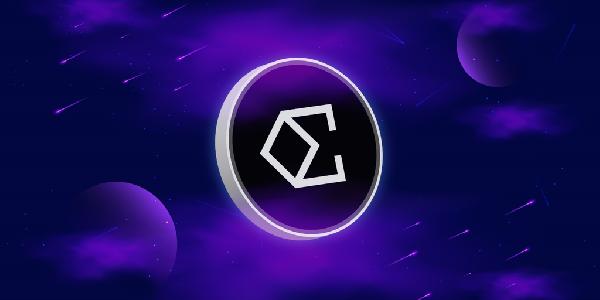With an ever-growing number of blockchain projects, achieving interoperability and scalability between blockchains is increasingly important.
Polkadot’s solution to this challenge is ‘parachains,’ a technical approach to allowing distinct blockchains to scale and work together effectively and safely, leveraging the Polkadot network’s guarantees of security, isolation, and communication.
What are parachains?
Unlike most other blockchains such as Ethereum, Polkadot isn’t built to have much inherent functionality. Instead, Polkadot acts as a ‘Relay Chain’ on top of which multiple parallel layer-1 blockchains, known as parachains, can be hosted side-by-side.
These different blockchains can be built for specific use cases, and then come together to form an ‘internet of blockchains’. These different blockchains can all natively use Polkadot’s token DOT, as a common currency.
By design, the Relay Chain does not support things like smart contracts, dapps, or even the ability to transfer assets. Instead, it works to find a consensus between different parachains performing the more outwardly facing use cases.
This basic layer, which is called a ‘Layer-0 blockchain’, uses a proof-of-stake consensus mechanism, much like Ethereum following its Merge in 2022.
This consensus mechanism uses Blind Assignment for Blockchain Extension (BABE). This is derived from Ouroboros, a protocol created by computer scientist Aggelos Kiayias, which is shared by Cardano.
The web of parachains built around Polkadot are able to send not just tokens, but also data between one another. This means developers building around Polkadot can build services that take advantage of multiple distinct parachains, rather than one sole chain.
You could compare this to how countries in the European Union (EU) maintain separate economies but can trade goods, services, and workers freely.
Each separate parachain is free to set its own parameters, including transaction fees, block times, governance mechanism, and mining rewards.
The vast majority of current parachains, as well as the Polkadot Relay Chain, use a development framework known as Substrate, provided by British technology firm Parity Technologies.
However, although they are synergistic, they can be mutually exclusive—you don’t need to use Substrate to develop and maintain a parachain.
Blockchains such as Ethereum, Solana, Tezos and Cardano run numerous smart contracts on one blockchain. As a result, their blockchains compete for the same limited computing resources within the network.
Having multiple independent blockchains with their own computing resources can help reduce issues surrounding congestion, execution times and hard-to-predict running costs.
There is currently a limit of around 100 parachains on Polkadot network, although in September 2023, Parity Technologies said that there is a roadmap to expand support to up to 1,000 parchains.
Sidechains and parachains: what’s the difference?
Parachains bear some outward similarities to ‘sidechains’: separate, related blockchains which are built on top of blockchains such as Ethereum—but they are markedly different.
Sidechains also look to improve scalability and interoperability for blockchains. Examples of sidechains include the Polygon Network as well as the BNB Smart Chain (BSC).
But sidechains each have their own consensus mechanism and token, whereas parachains on Polkadot share the same consensus mechanism, the Relay Chain.
What is the Kusama network?
A key underlying component of Polkadot’s network of parachains is the Kusama Network. This network acts as a sort of pre-production environment for Polkadot, or a sandbox that allows parachain developers to try out new ideas. It’s been described as a "canary network."
Kusama still shares most of Polkadot’s major design features, but projects on Kusama have much less strict governance. This allows new projects to work out any technical flaws, as to build momentum and a loyal user base.
Kusama is a functioning, independent, ‘real’ blockchain, rather than a ‘testnet’.
A testnet is a blockchain that uses the same underlying framework as the parent blockchain but no real funds are used, and they don’t use the same coins as the main database.
How are people using parachains?
Developers are currently building parachains for a wide variety of different use cases. Some examples include:











